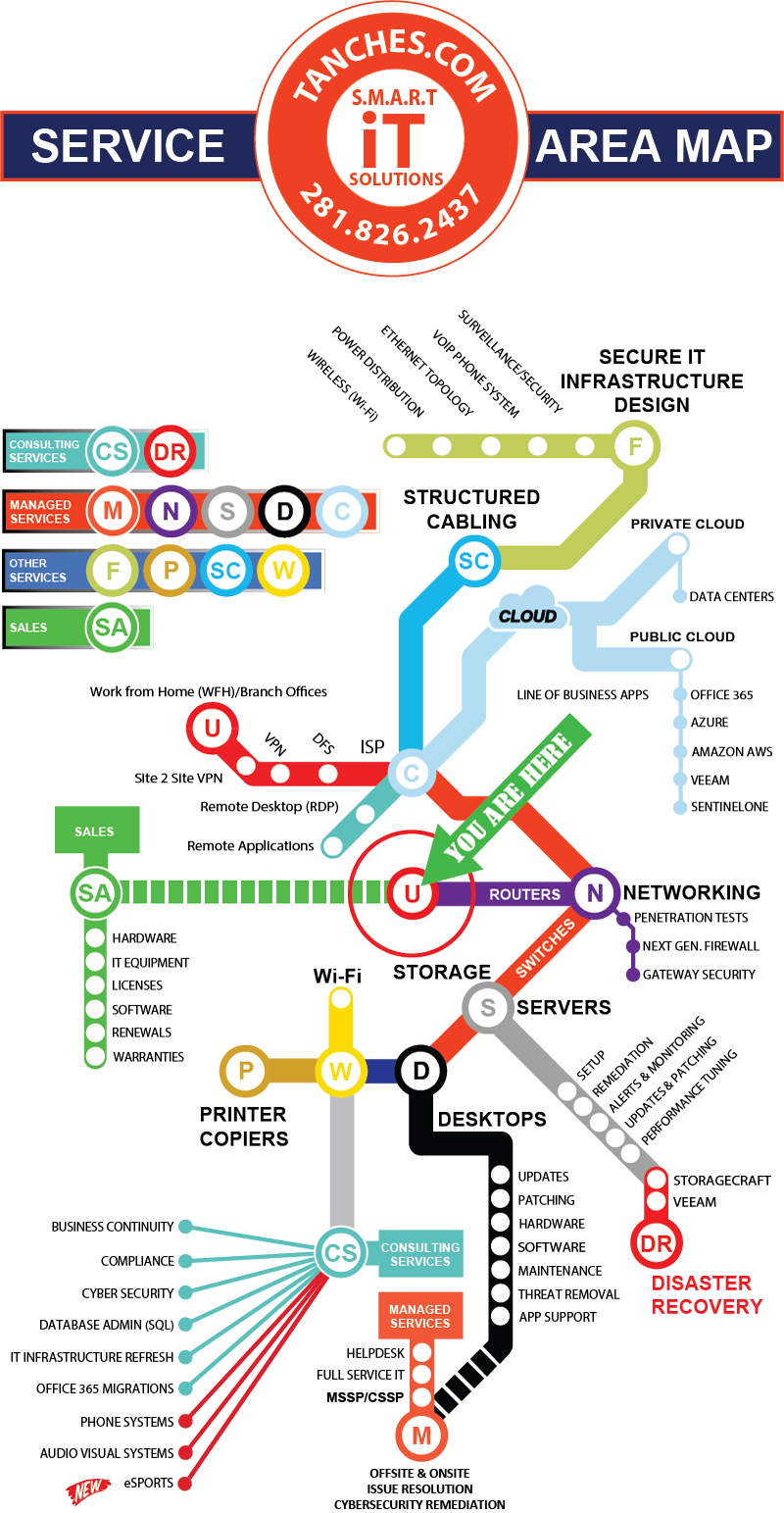IT in an organization can be thought of as a journey because they are constantly evolving and changing. As the organization grows and its needs change, so too do its IT requirements. For example, an organization may start out with a small IT infrastructure that consists of just a few computers and servers. Over time, as the organization expands and its operations become more complex, it may need to invest in additional hardware, software, and networking solutions to support its growing needs. This could include things like implementing new applications, integrating new systems and technologies, or upgrading existing systems to keep pace with the changing business environment.
The journey of IT requirements in an organization can be challenging, as it requires careful planning, budgeting, and management to ensure that the organization’s IT infrastructure is able to support its current and future needs. It also requires regular maintenance and updates to keep systems running smoothly and to prevent issues from arising.
Ultimately, the goal of IT requirements in an organization is to ensure that the organization has the tools and resources it needs to effectively and efficiently carry out its business operations. This may involve investing in new technologies, upgrading or replacing existing systems, or implementing new processes and protocols to improve efficiency and productivity. By continuously aligning its IT requirements with the organization’s goals and objectives, an organization can ensure that it has the necessary support and resources to thrive in an increasingly digital world.


